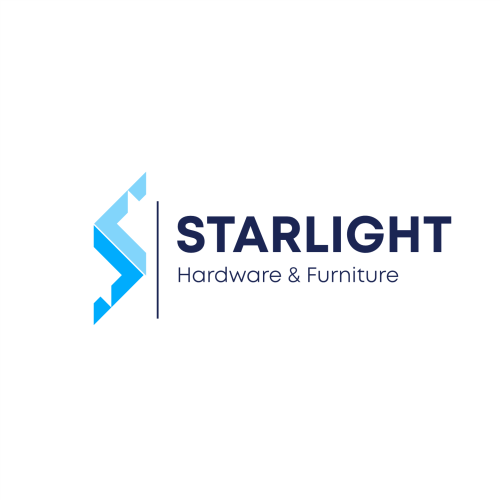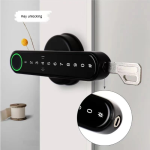Ever found yourself standing in a dim hallway, waiting for someone to buzz you in?
If you live in an older apartment building, you know the drill. Fumbling with jangling keys. Checking that worn guest log.
It can feel slow. And a bit nerve-racking.
That old routine leaves holes in your security. And frayed nerves too.
A digital door lock system (an electronic access control setup) swaps metal keys for smartphone taps, keypad presses, or RFID fob scans (a small card swipe).
Think of it like tapping your phone to pay. Solid and quick.
In this post we’ll explore seven top-rated lock models built for busy condos and mixed-use buildings. You’ll see options with smooth metal faceplates, clear audit trails (logs of who came and went), and cloud-based control you can manage from anywhere.
Digital Door Lock Solutions for Multi-Unit Buildings
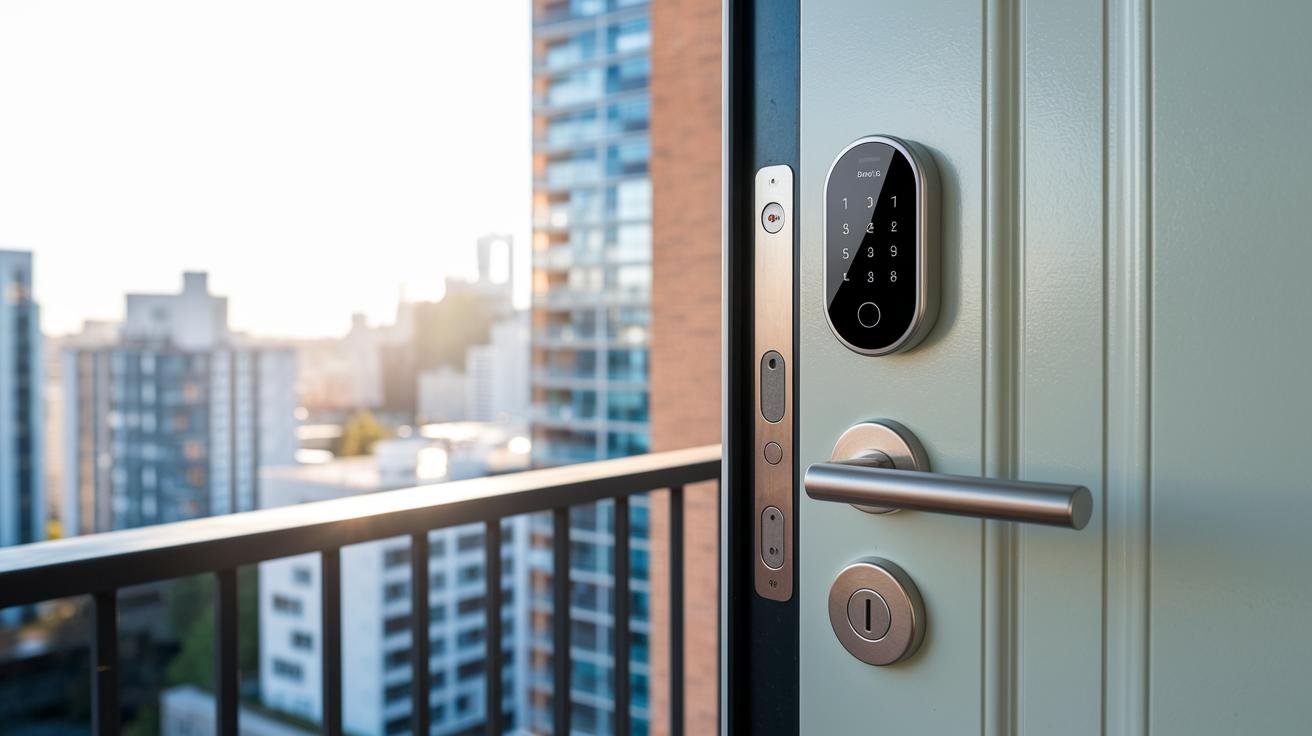
Managing dozens of entry points in a condo or mixed-use complex often means juggling old-school keys, front desk sign-ins, and paper logbooks. In a building from the last century, tenants wander hallways waiting for someone to buzz them in. It’s frustrating. It’s inefficient.
A digital door lock system (an electronic access control setup for apartments) solves all that. Think of swapping a metal key for a quick tap on your phone. You get a smooth metal faceplate, a soft LED glow, and a reassuring click every time you open a door.
With this smart solution, building managers can issue and revoke credentials instantly. Tenants breeze through lobbies with a fob (a small handheld device), a PIN code (like swiping a credit card), or their smartphone. Everything lives in a cloud dashboard so you cut down on lock-out calls and keep things running by the book. No more lost keys.
- Instant credential issuance: send remote PIN codes or virtual keys through smartphone-based door access.
- Temporary guest codes: let visitors in for a set time without swapping out locks.
- Audit trails and alerts: real-time logs in your cloud-based door management system show every unlock event.
- Unified hardware and software: link lobby entrances, individual units, and amenities on one platform.
- Scalable profiles: keyless entry management that adapts as your building grows.
Back to Starlight Smart Locks: we built them for the complex demands of residential and commercial properties. Our electromechanical hardware (locks combining electronic and mechanical parts) works hand in hand with cloud-native tools for doors. From smartphone-based door access to advanced keyless entry system management, Starlight gives you total control – and peace of mind. We even offer an API (a set of programming links) and a cloud-based door management interface to streamline tenant onboarding and maintenance scheduling.
Solid. Exactly.
Key Features of Digital Door Locks for Multi-Unit Buildings
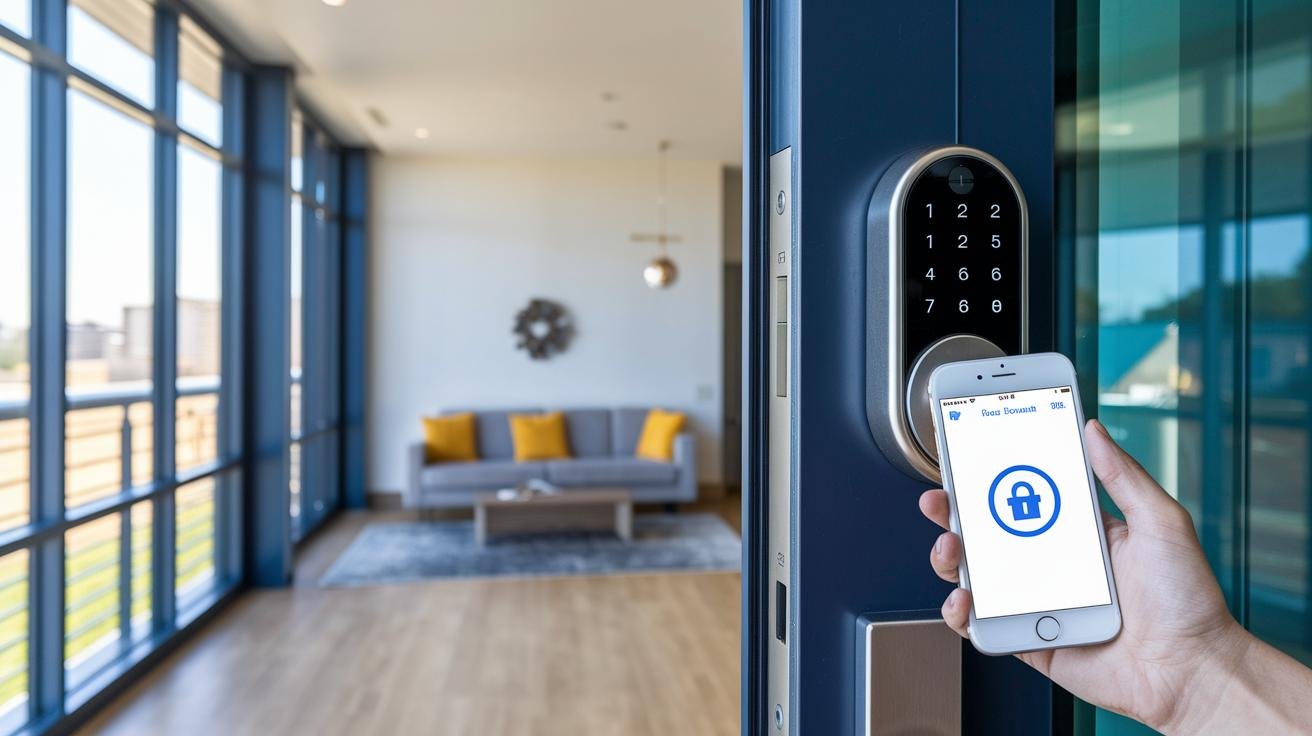
SALTO KS XS4 lets you assign roles like Cleaner or Resident in seconds from a web portal or mobile app. It’s as easy as tapping a screen and hearing a reassuring click. API hooks with platforms like Brivo or Starlight pull door events and user profiles into one live dashboard.
Managers sign in once to see every lock’s status next to tenant lists and work orders. Tamper-alert emails let you know right away if someone tries a forced entry at, say, Building A lobby at 3:02 AM. Over-the-air firmware updates roll out critical patches overnight, so your locks get smarter while you sleep.
Schlage Encode uses built-in WiFi for instant remote access and usage alerts. Its soft LED glow confirms each connection, like a friend giving a thumbs-up. Yale Assure Lock 2 pairs over Bluetooth (think connecting your headphones to your phone) in hallways and even works with voice assistants or SmartThings modules. Back to our dashboard, you’ll watch every lock and unlock event in real time.
Installation and Infrastructure for Multi-Unit Digital Locks
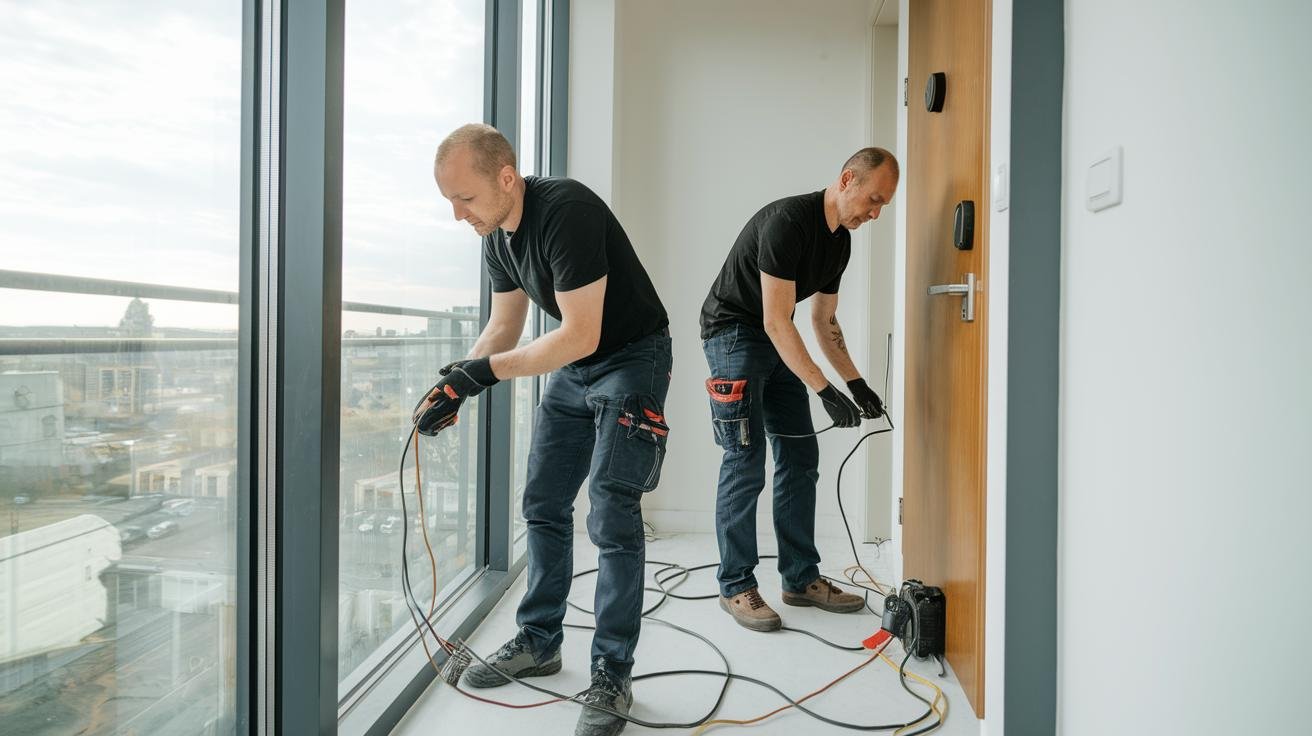
We always start with a site survey. That’s an on-site check of doors, clearances, and wiring paths. It’s kind of like measuring for a new suit. We jot down door types and note any quirks we might run into.
Next, we run low-voltage wiring (cables under 30 volts to meet ADA and local fire code). Then we plan for PoE door controllers (power-over-Ethernet units) or sneak in a battery backup module (a small uninterruptible power supply) by the main panel. That way, your locks click into place even if the lights go out. Want a secret? PoE means power and data travel in one cable.
Hmm, mounting comes next. You can choose a proximity fob reader (card or key-fob access), a BLE unlocker (Bluetooth Low Energy), or an NFC tag lock (tap to unlock). We use retrofit conversion kits from a digital lock manufacturer for property developers. They help swap out mortise and cylindrical locks without cutting into the door frame.
When we attach the smooth metal faceplate, the soft LED glow above the keypad makes you feel sure it’s locked. Then we wrap every cable run with a surge protection device (voltage spike guard) and top up the panel with battery backup modules so you never miss a beat.
- Perform a site survey. Note each door style and wiring route.
- Run low-voltage cables. Follow ADA and fire-code rules.
- Mount proximity fob and NFC tag readers at standard heights.
- Swap locks with retrofit conversion kits.
- Install surge protection and battery backup modules at the control panel.
Security, Compliance, and Standards for Multi-Unit Digital Locks
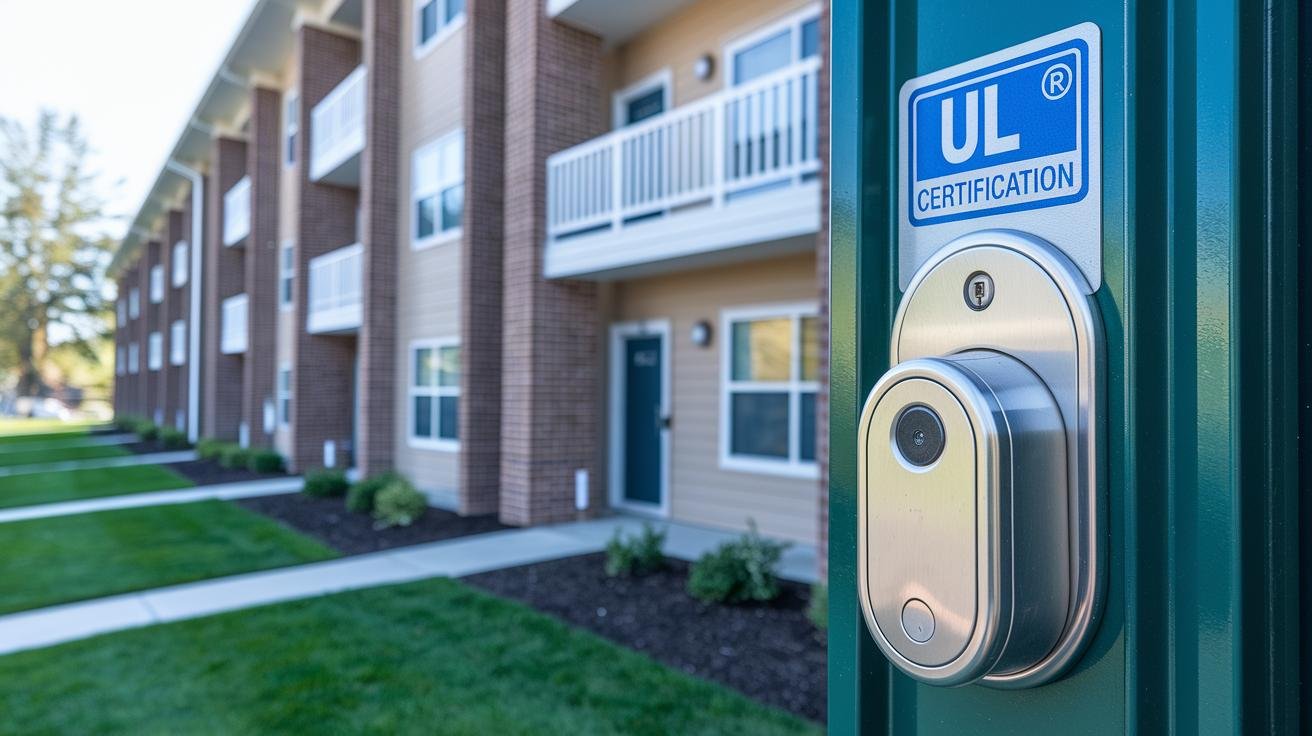
The Schlage Connect smart deadbolt brings top-tier security to your apartment building doors. It uses an ANSI grade locking bolt (top strength rating from the American National Standards Institute) and meets UL 294 (Underwriters Laboratories standard for electronic access control). Solid.
The steel bolt feels reassuring under your fingertips. The fingerprint-resistant touchscreen (a pad that stays clear) makes every code entry smooth. You also get vacation-mode lockout (only physical keys work while you’re away). Starlight Smart Locks follow these same rules, built and tested to hit those ANSI and UL marks.
Many hall exit doors need 60 to 90 minutes of fire resistance to meet local fire-code rules. That extra time gives first responders enough seconds to enter and tenants time to clear the hall. We usually pick fail-secure setups so locks stay locked if the power cuts out. But you can still exit easily, no code or key needed.
Try a break-in and you’ll hear a loud beep and see a flashing LED (light-emitting diode). This built-in alarm keeps your building safe. And if you need to leave in a rush, emergency egress rules let you push the smooth metal faceplate and feel the reassuring click open the door, no power or code required.
Key features:
- UL 294 certification for electronic security
- ANSI grade locking bolt for physical strength
- 60–90 minute fire resistance for fire-code compliance
- Fail-secure setups with easy emergency egress
Scalability and System Management for Multi-Building Portfolios

When one property has dozens of units, managing separate locks feels like herding cats. Now imagine juggling multiple complexes. You need a multi-building management portal smart door lock for apartment buildings that brings every lock under one roof. Trust me, it’s a lifesaver.
SALTO and Starlight give you web, iOS, and Android interfaces with cross-platform dashboards. You’ll see real-time lock status, door-position sensors (tiny magnets that tell you if a door is open), credential events (like who tapped a key card), and instant push-notification alerts. It’s like having a soft LED glow on your phone telling you your building is secure.
You can pick cloud gateway or on-premise gateway (a local server setup). Both options let you scale up smoothly with 99.9% SLA uptime. No sweat.
Dynamic code generation (creating fresh access codes) and optional multi-factor verification (an extra security step) give you flexibility to upgrade security on demand. RESTful API hooks (web data connections) let you pull info into custom reports or hook into your building-management software. Hmm, that makes reporting feel like child’s play.
| Criteria | Local Portal | Cloud Portal |
|---|---|---|
| Installation | On-site server setup and network configuration | Instant signup and browser-based setup |
| Maintenance | Manual patching and backups | Automatic updates and managed backups |
| Scalability | Hardware limits per site | Grow seamlessly across regions |
This portal uses a user role hierarchy setup to assign roles. Admins, property managers, maintenance staff, and tenants each get their own permission tiers. Automated tenant-onboarding workflows push new renter codes in minutes. Maintenance teams get time-limited PINs (temporary codes) that expire when the job’s done. It all adds up to smoother ops, better accountability, and easy scaling from one building to an entire portfolio.
Case Studies Spotlighting Starlight Smart Locks in Multi-Unit Projects
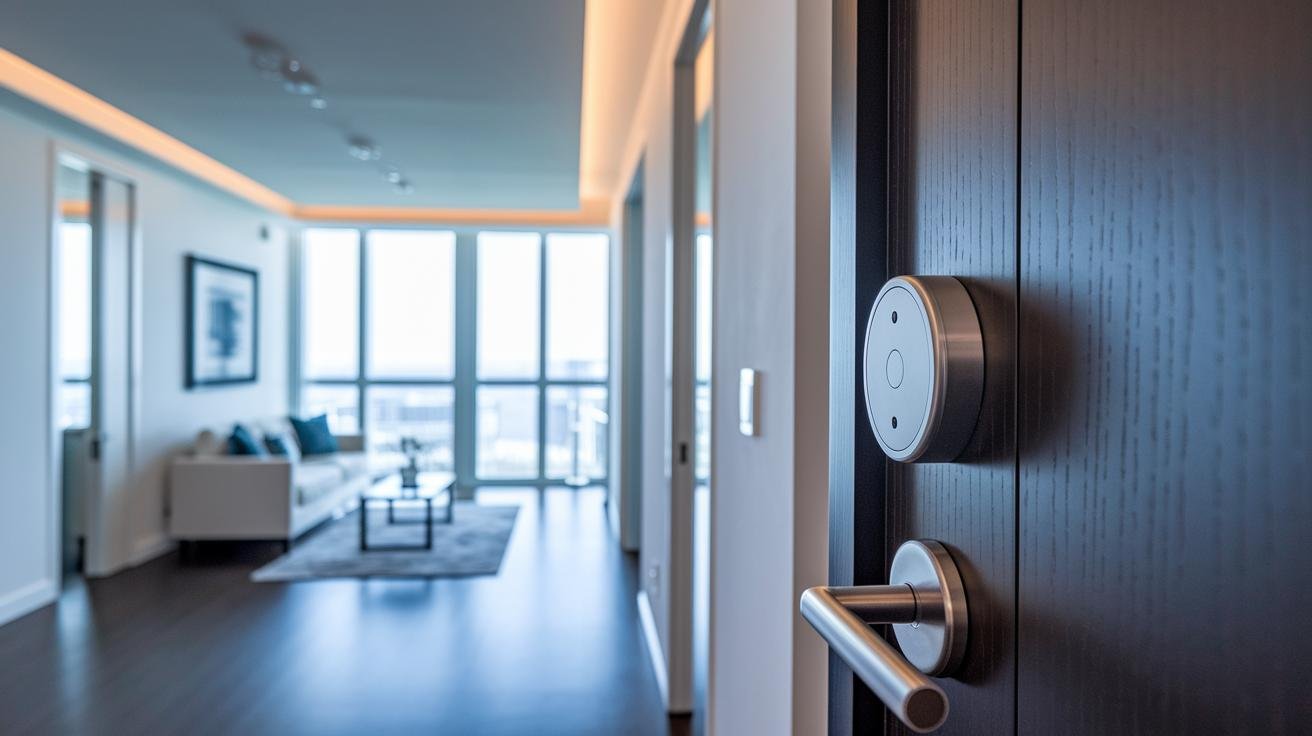
At a 120-unit Chicago condo, managers cut tenant changeover time by 30%. They did it with Starlight’s temporary access codes (temporary PIN codes for cleaners). Onboarding now takes just minutes. And each reassuring click and smooth metal faceplate log who entered and when.
In a 200-unit Dallas complex, our locks tie right into Yardi PMS (property management software). That means credential lifecycles (managing who gets access and when) track like clockwork and audit trails (records of every door event) run 24/7. Move-out revocations happen the instant a lease ends. Former tenants lose access the moment they walk out via our smart lock solution for real estate projects.
Across several sites, setting up a tenant takes under five minutes. We keep audit logs for 12 months straight. Service vendors only get in during approved time windows. The result? A 5% drop in lock-out service calls and noticeably happier residents.
These wins show how temporary codes, tight tracking, and clear entry windows deliver solid ROI. Managers save hours each week. Vendors show up on schedule. Residents face fewer disruptions, and security really clicks.
Final Words
In the action, we looked at smart locks replacing keys with apps or PIN codes, making check-in smooth and secure.
We dug into remote entry, audit trails, fail-secure compliance, and cloud-based portals for multi-site management.
Case studies from Chicago condos to Dallas apartments proved faster move-ins and fewer lockouts.
Starlight Hardwares is here to help you upgrade your building security with a digital door lock for multi-unit buildings that’s simple, strong, and ready for tomorrow.
FAQ
What is keyless entry for apartment buildings?
Keyless entry for apartment buildings means tenants use smartphone apps, PIN codes, or key cards instead of physical keys. It boosts security and convenience by letting you unlock doors with a tap or code.
How do wireless digital door locks work in multi‐unit buildings?
Wireless digital door locks in multi‐unit buildings use Wi-Fi or Bluetooth. They let property managers grant temporary codes, track entry events, and lock or unlock doors remotely through a cloud dashboard or mobile app.
What’s the difference between a smart lock and a digital lock?
A smart lock connects to a network for remote control, app access, and integrations. A digital lock relies on electronic PIN pads or key cards but usually lacks full remote-management features.
Can you put a smart lock on a condo?
You can put a smart lock on a condo by replacing your existing deadbolt or latch with a compatible model. Just verify door thickness, mounting style, and any association rules before installation.
What is the best smart lock for apartment buildings?
The best smart lock for apartment buildings offers cloud-based management, mobile keys, PIN codes, audit trails, and robust hardware. Starlight Smart Locks deliver CE-certified durability, over-the-air firmware updates, and unified dashboards.
